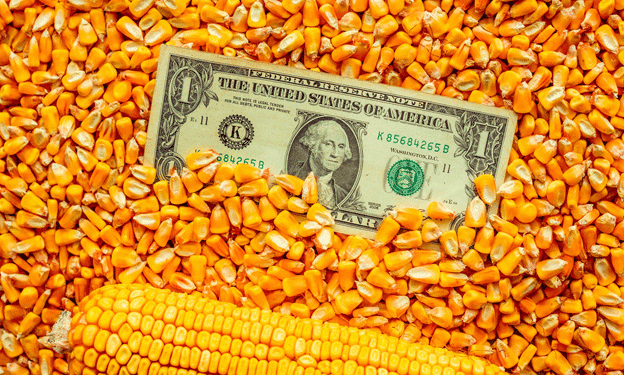Recent reports indicate a significant tightening of global corn, soybean, and wheat inventories, with corn stocks reaching a 10-year low. This article examines the factors contributing to these trends and their implications for the agricultural sector.
The global agricultural landscape is experiencing notable shifts, particularly concerning the supply and demand dynamics of key grains such as corn, soybeans, and wheat. The U.S. Department of Agriculture’s (USDA) February 2025 World Agricultural Supply and Demand Estimates (WASDE) report highlights several critical developments that stakeholders in the agricultural sector should closely monitor.
Corn: Global Stocks at a Decade Low
The USDA’s latest WASDE report indicates that global corn ending stocks have been reduced by 3 million metric tons (Mt), bringing the total to 290.3 Mt—the lowest level in a decade. This adjustment is primarily due to a 3 Mt decrease in China’s corn inventories, as the country’s import estimate for the 2024/25 season has been lowered to 10.0 Mt, marking a five-year low. Concurrently, production forecasts for key exporters have been downgraded: Argentina’s output is reduced by 1 Mt to 50 Mt due to adverse weather conditions, and Brazil’s production is also lowered by 1 Mt to 126 Mt because of delays in second-crop planting.
Soybeans: Unexpected Inventory Reductions
While the U.S. soybean balance sheet remains unchanged, the global outlook presents a sharper-than-anticipated decline in inventories. The USDA has reduced world soybean stocks by 4 Mt, influenced by a 3 Mt cut in Argentina’s production estimate, now at 49 Mt, and a 500,000-ton reduction for Paraguay, bringing its output to 10.7 Mt. These adjustments are attributed to persistent heat and dryness affecting crop yields in these regions.
Wheat: Stocks Reach Nine-Year Low
The global wheat supply is also tightening, with ending stocks projected at 257.6 Mt, a decrease of 1.3 Mt and the lowest level in nine years. This reduction is partly due to a sluggish import pace from China, leading to a 2.5 Mt decrease in its import estimate to 8.0 Mt—the lowest in five years. Additionally, export forecasts have been reduced for the European Union, Russia, and Ukraine, further contributing to the decline in global wheat stocks.
Implications for the Agricultural Sector
The convergence of reduced global grain stocks and shifting trade dynamics presents several challenges and considerations for the agricultural community:
- Market Volatility: Tighter supplies may lead to increased price volatility, affecting profit margins for producers and cost structures for consumers.
- Strategic Planning: Farmers and agribusinesses may need to reassess crop choices, input investments, and marketing strategies to navigate the evolving market conditions.
- Supply Chain Adjustments: Importers and exporters might experience shifts in trade flows, necessitating adaptations in logistics and supply chain management.
The current tightening of global corn, soybean, and wheat inventories underscores the importance of proactive management and strategic planning within the agricultural sector. Stakeholders must stay informed about market developments, weather patterns, and policy changes to make data-driven decisions that mitigate risks and capitalize on emerging opportunities.
Error




